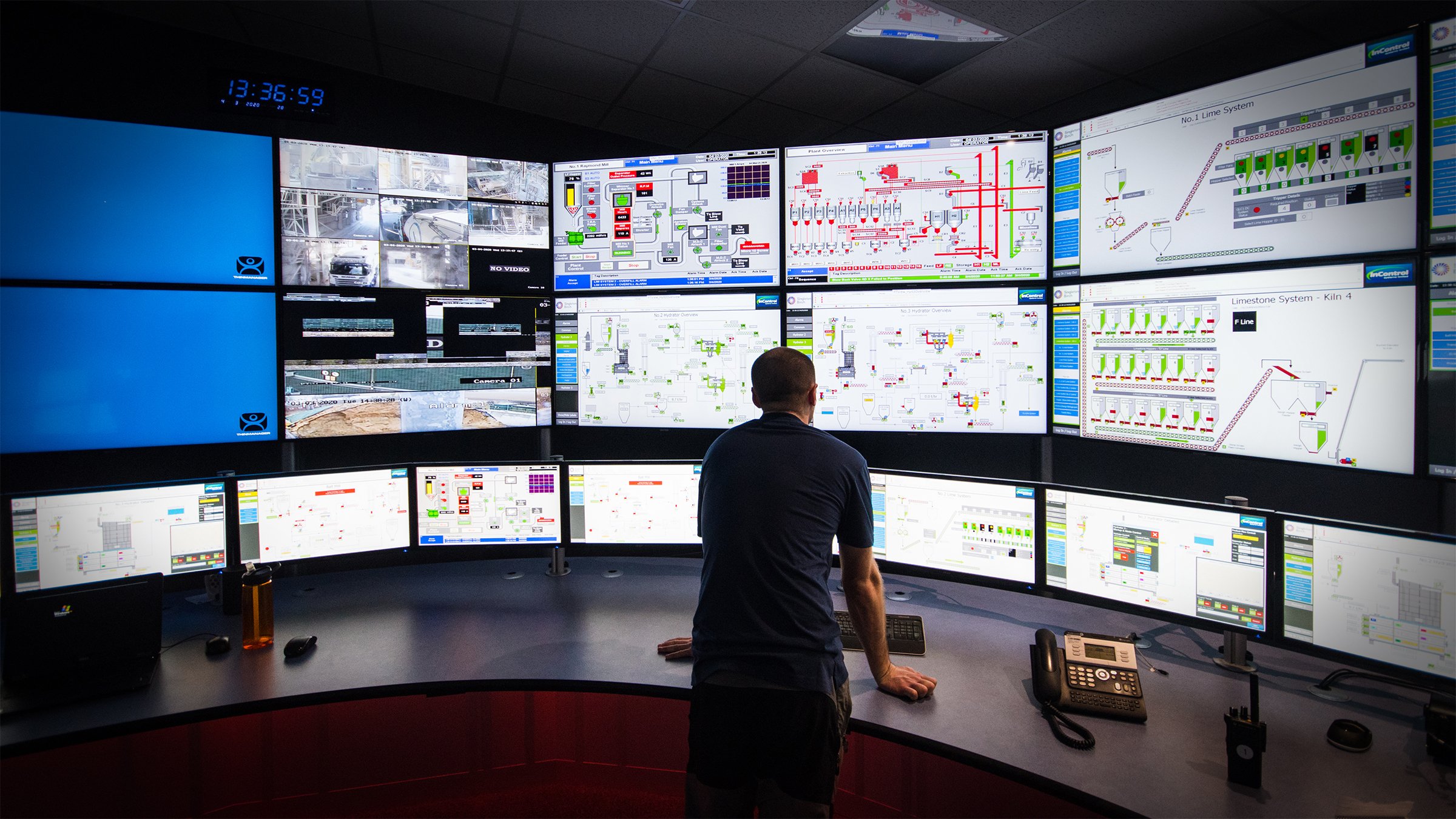A human machine interface (HMI) is exactly what it sounds like—the meeting point between a live person and a piece of industrial equipment. This point is critical for operators to be able to easily see what's happening in a process, make a quick decision, and take action. Breaking down the barrier between the human and the machine is exactly what we need for a productive operation.
When the HMI physically meets the pane of glass, something has to be the "brains behind the beauty"; something has to control and manage those applications for the operator to see. The brain needs to not only manage and deliver those HMI applications, but also things like camera feeds, web applications, and other industrial or office software. Then, operators would see any and everything that is necessary to ensure operations continue to run smoothly and quickly resolve issues as they come up.
Speaking of when issues with machines occur, what if operators, maintenance techs, or engineers knew where to find the specific tags associated with a tripped alarm? When a machine faults out and halts production, it is critical that the source of the issue is identified quickly and resolved. The HMI will let the human know that something is stuck or holding up production. Then, an engineer could immediately learn what corrective measures to take without having to manually dig through controller code to find the faults.
While controllers and graphical interfaces talk, the brains behind the operation helps them communicate—acting as a centralized way to manage and control who can see what, at what time. So, when those problematic situations do occur, the brain identifies the trigger right away and quickly points the operator to the exact point in the controller code causing the problem. Now, all the players in the automation system are working together at that critical point of human meeting the machine to display what's going on in your plant.
To learn more about ThinManager, visit the webpage or see the ThinManager Ordering Guide here.


